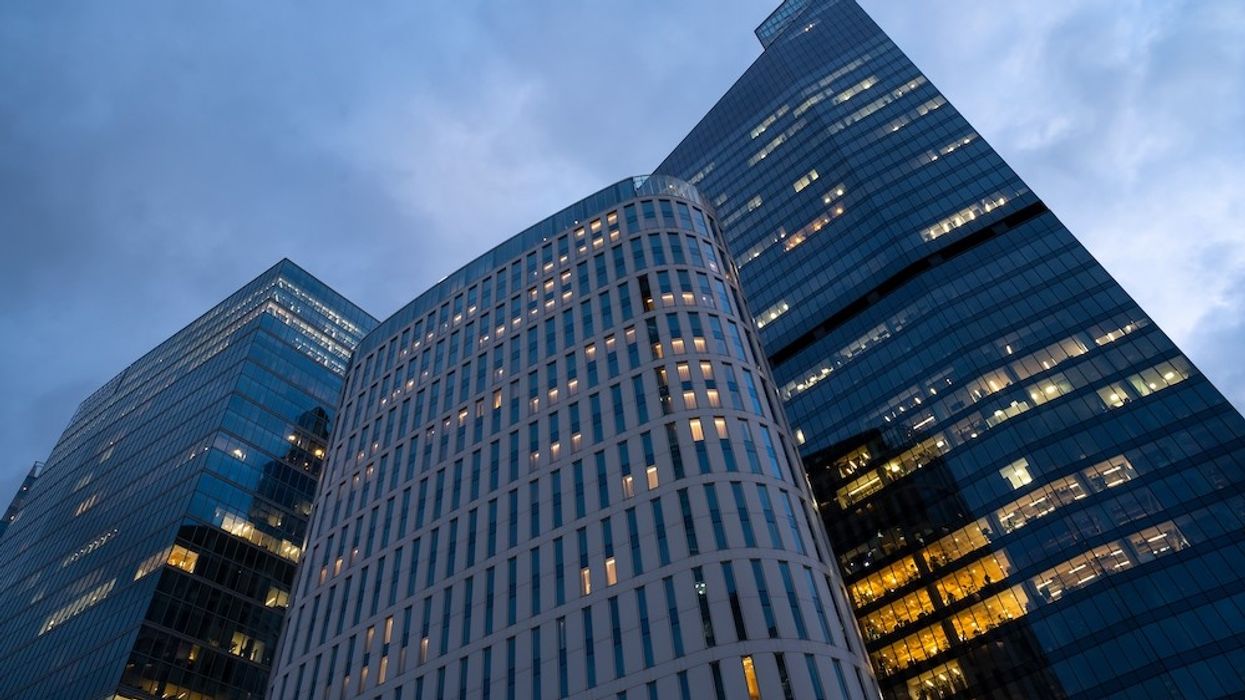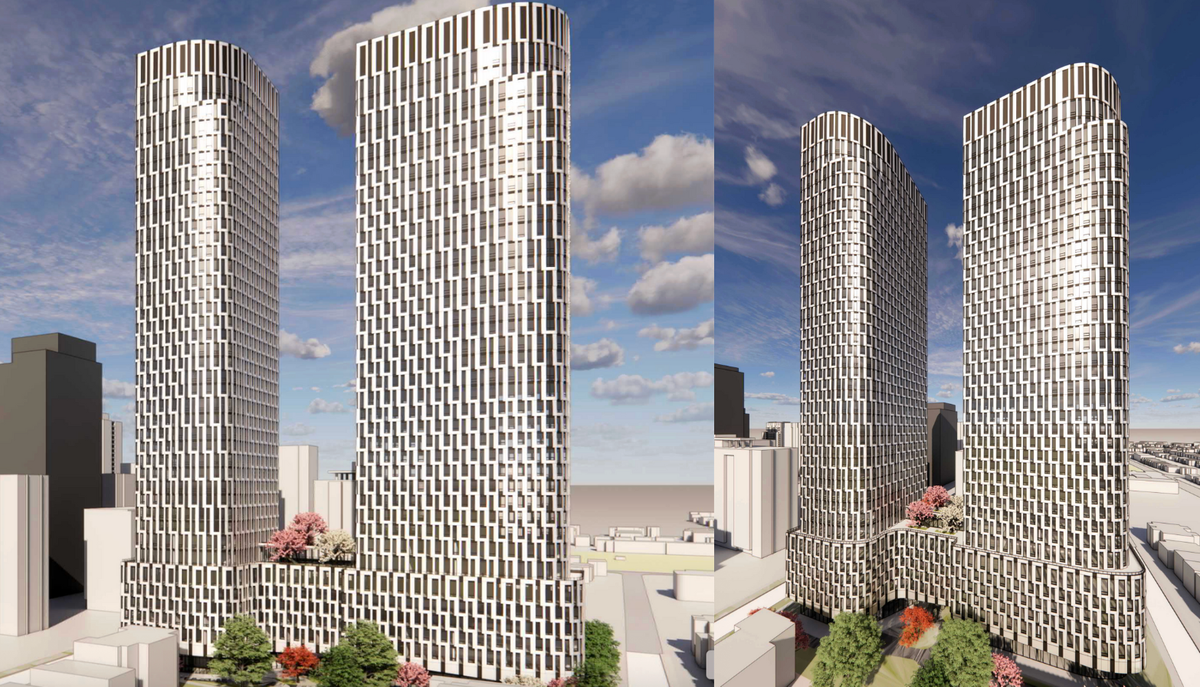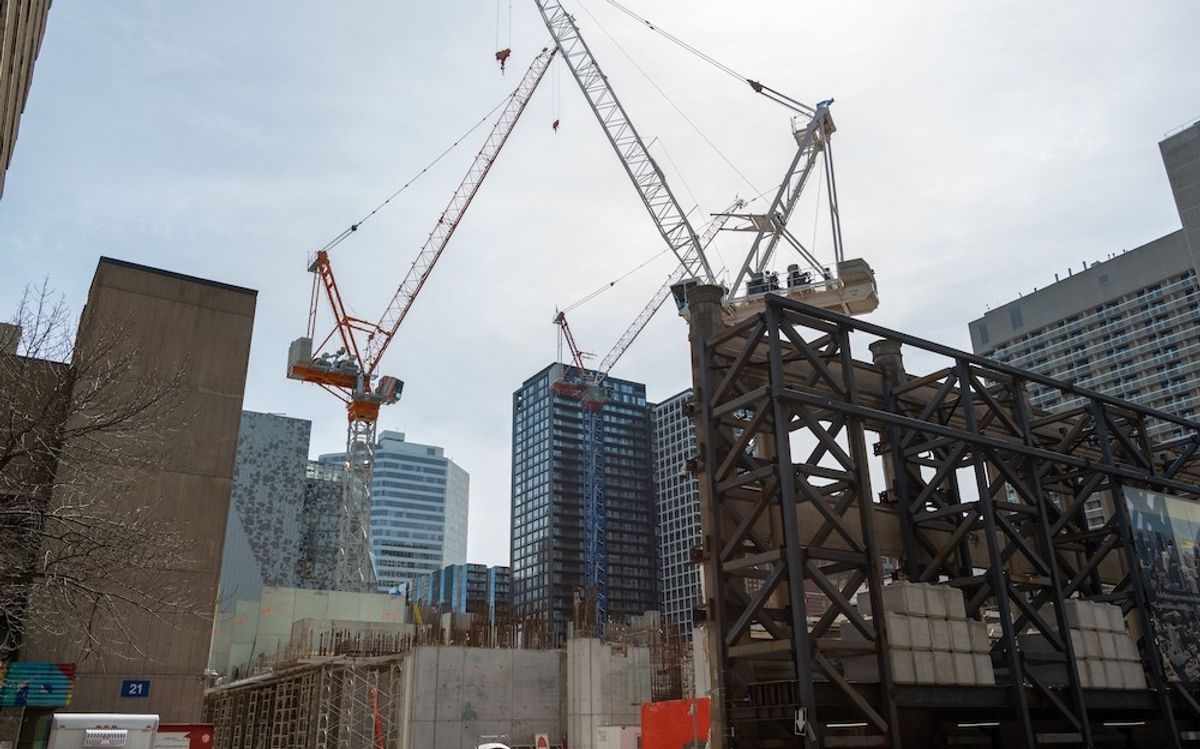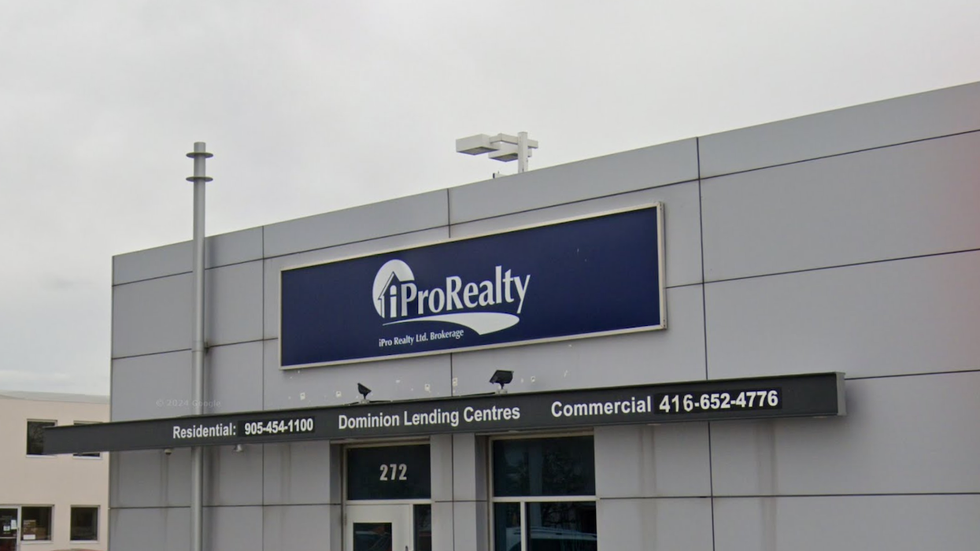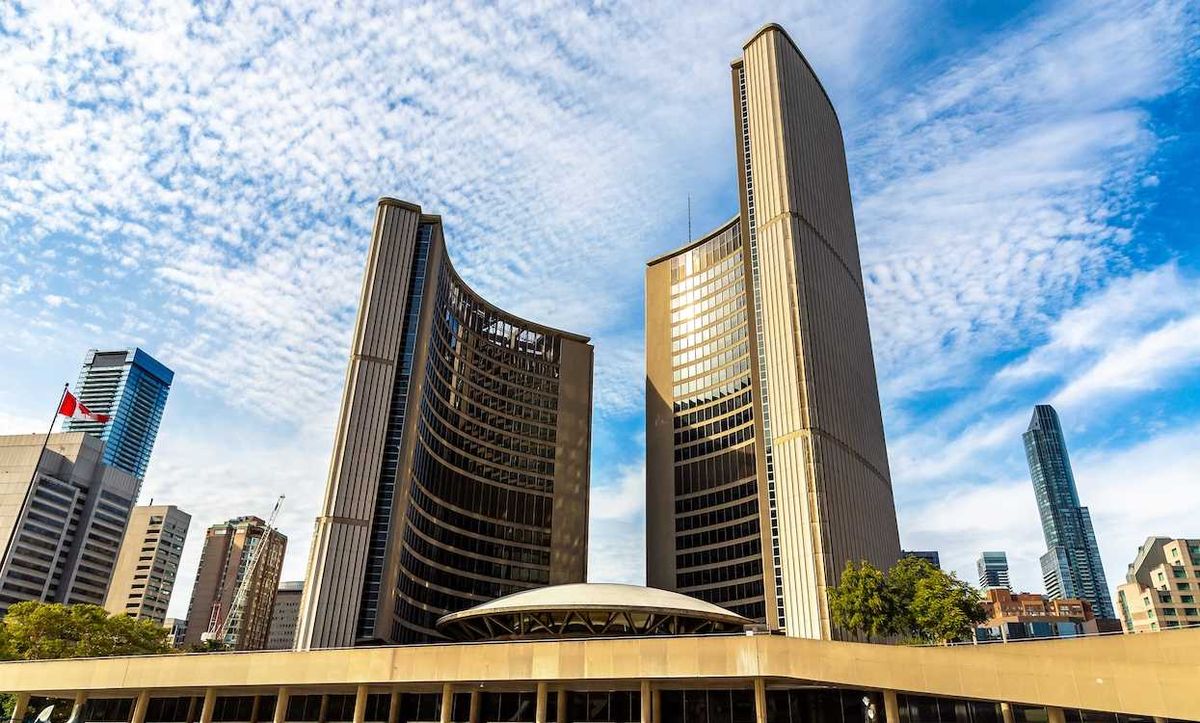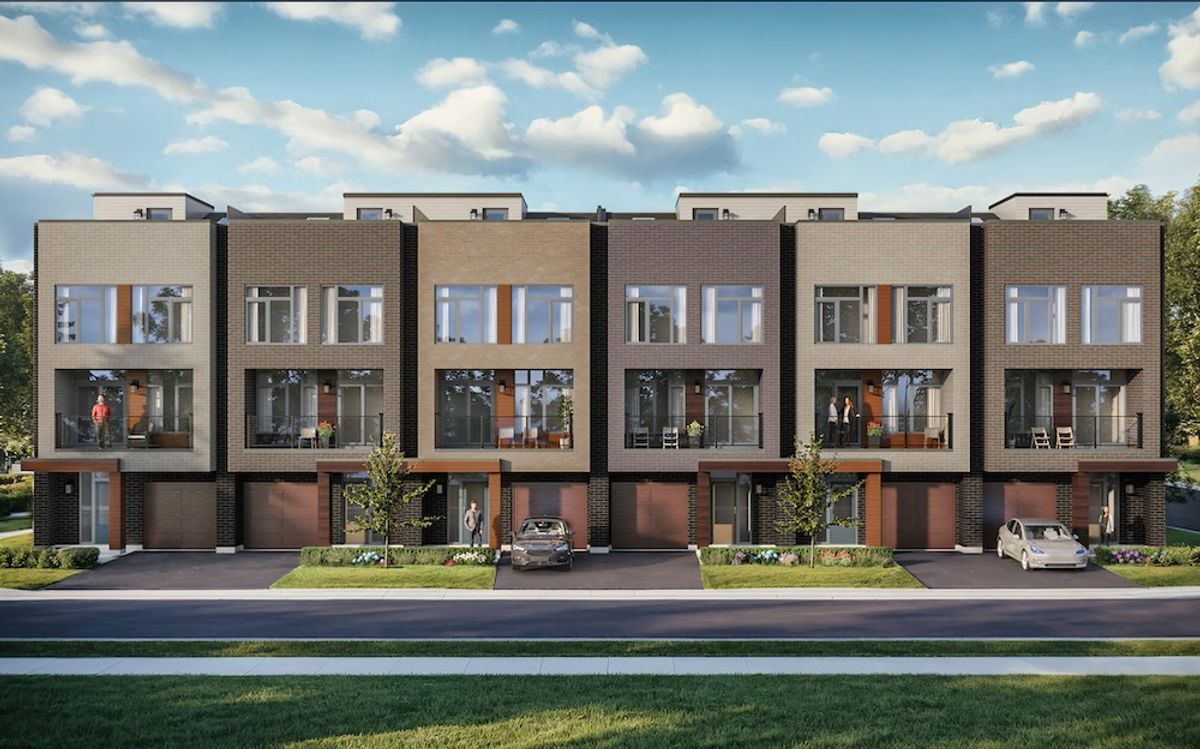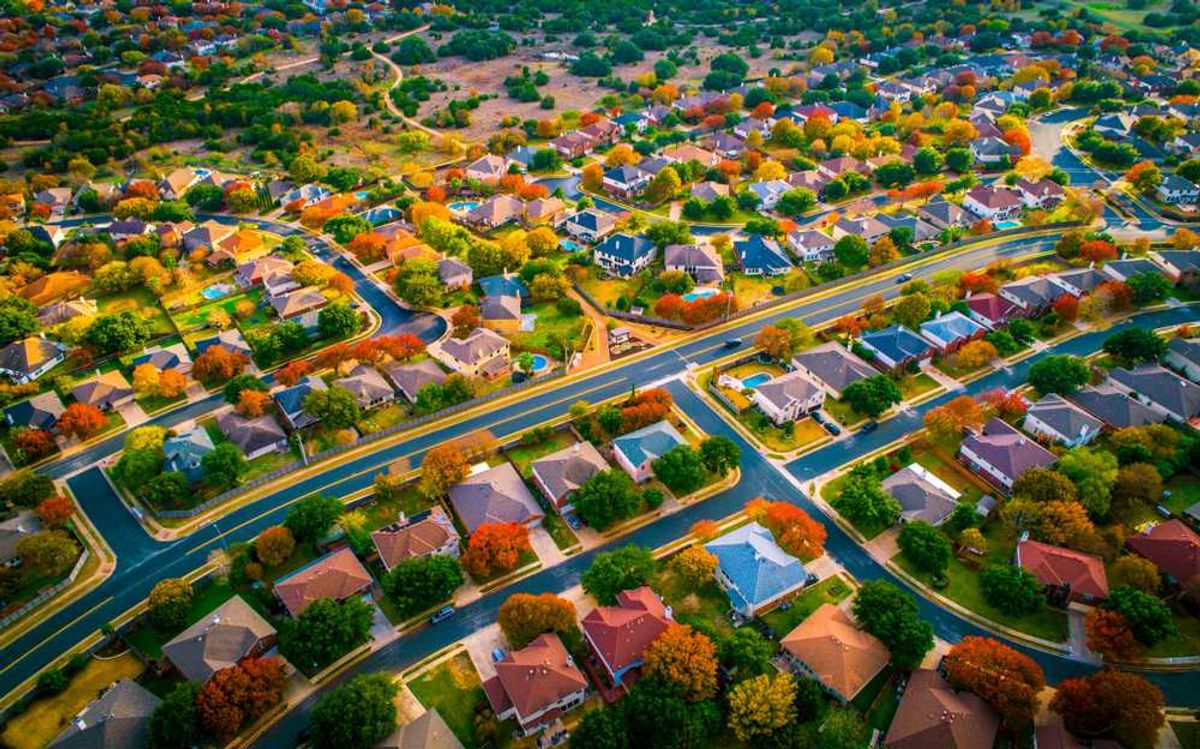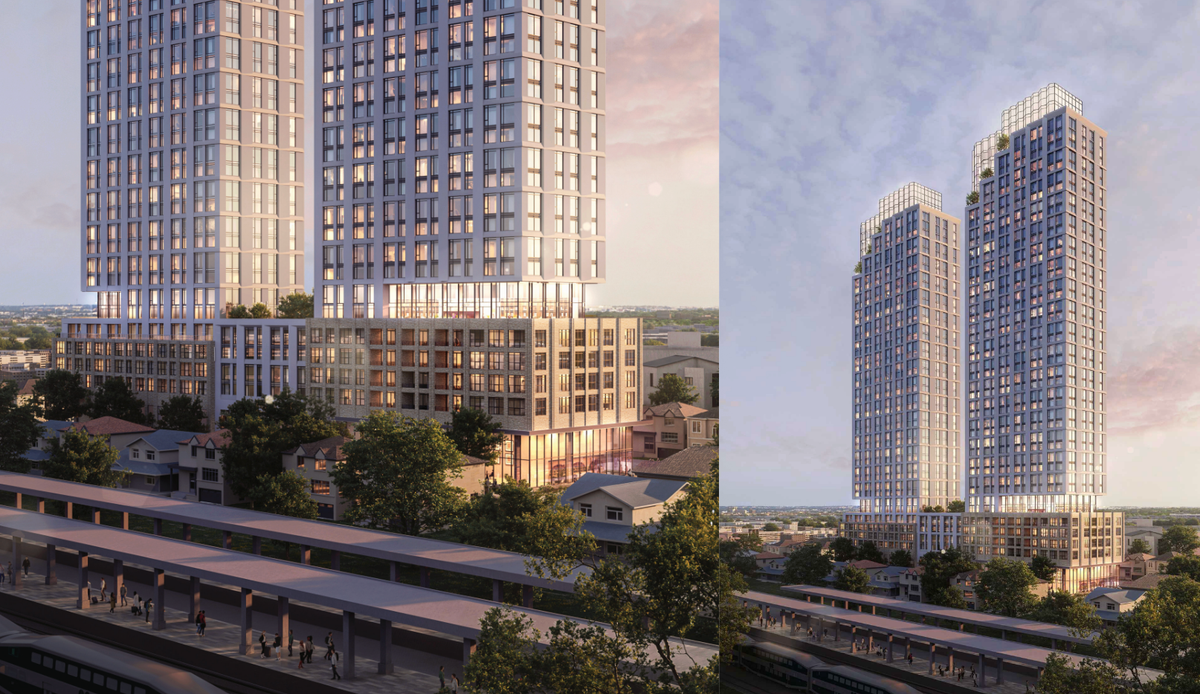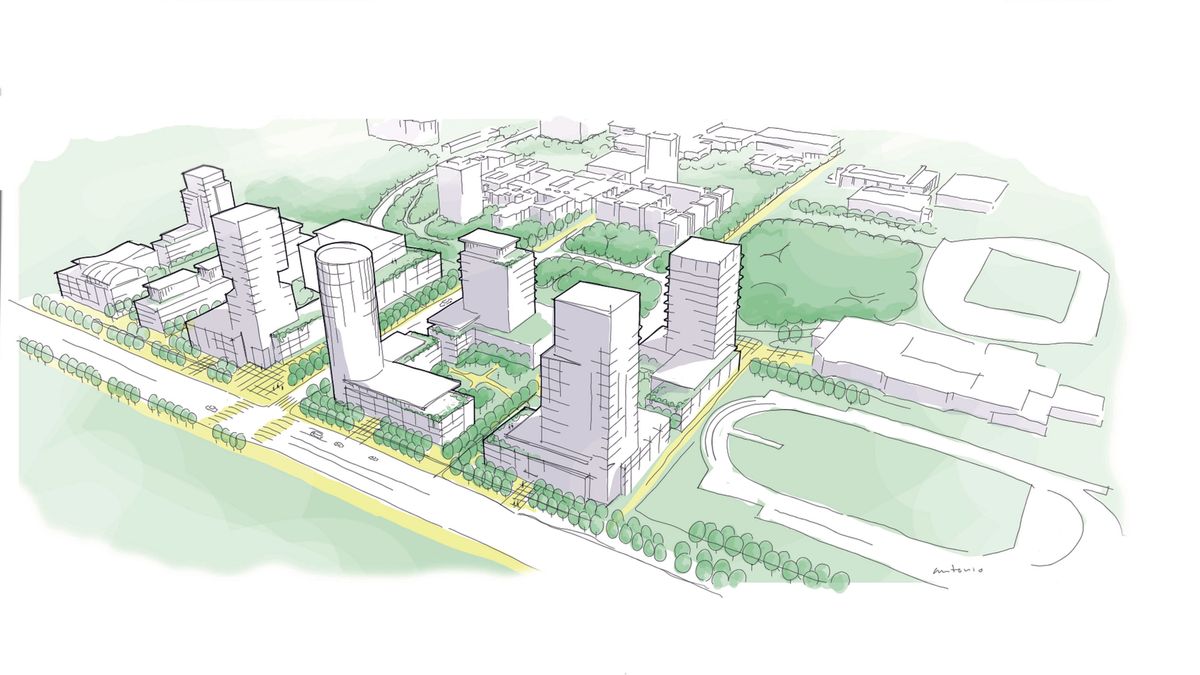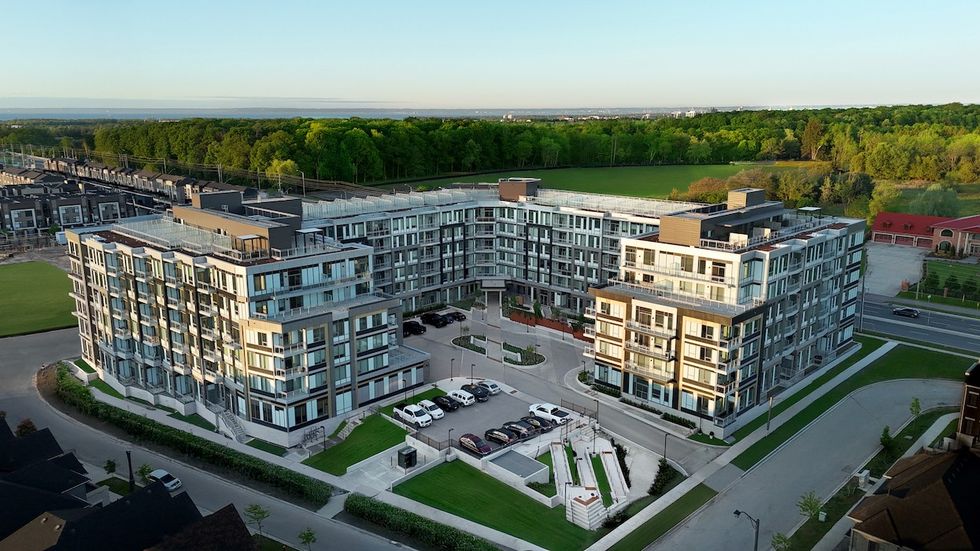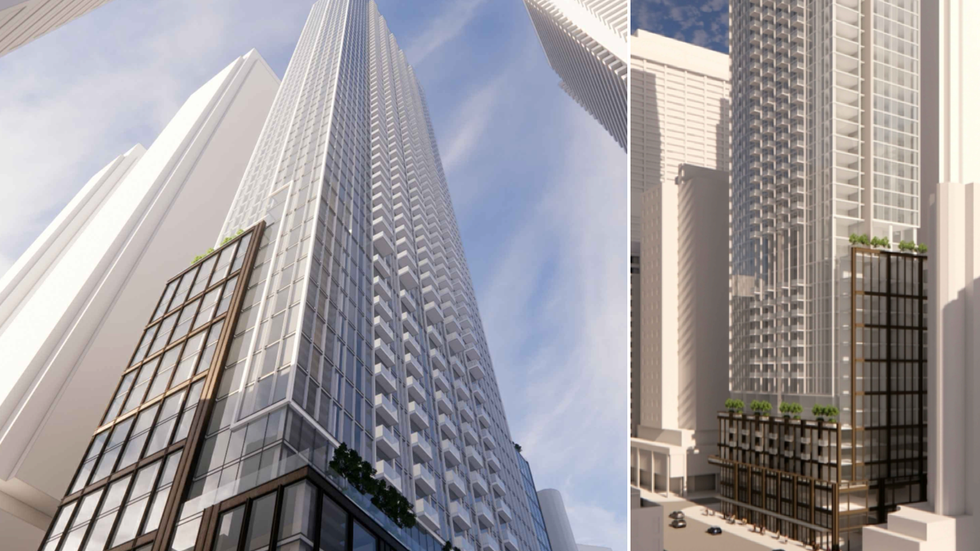Five years after COVID reshaped how we live and work, Canada’s commercial real estate sector is writing a new chapter — one defined by reinvention and resilience.
Over the past half-decade, the landscape has been reshaped by more than just a pandemic. Rising interest rates, evolving investor appetites, and policy pressures — both homegrown and international — have collided to trigger a full-scale recalibration. In 2025, we’re not just witnessing change. We’re seeing a market recalibrate in real time.
So what does this recalibration look like in practice? Let’s unpack the trends, tensions, and potential turning points shaping Canadian CRE this year:
Investment Outlook: A Market on the Mend (and Moving Fast)
After a turbulent few years, Canada’s commercial real estate investment scene is showing real signs of revival. Investment volumes are climbing, with capital flowing back into the market — and confidence following closely behind.
One of our long-time clients put it best: “Capital is back — but this time, it’s looking for more than yield. In today’s market, the smartest investors aren’t chasing stability — they’re chasing possibility.”
But not all capital is created equal. While institutional players are cautiously dipping their toes back in, the real momentum is coming from private equity firms and high-net-worth individuals — many of whom are zeroing in on distressed assets and value-add plays that demand speed, savvy, and conviction.
Industrial and multifamily remain at the front of the investment pack, offering a sense of stability in an otherwise shifting landscape. Meanwhile, the office sector is slowly — but purposefully — reinventing itself, with investors betting not on what it was, but on what it could become next.
Office Market: Reinvigoration Or Reinvention?
The office sector remains in flux as hybrid work continues to define — and defy — expectations. What began as a pandemic-driven necessity has, for many companies, evolved into a permanent feature of the workplace model.
But the winds may be shifting. There’s growing sentiment that national office vacancy rates are nearing their peak, with a slow return to growth-oriented leasing strategies expected to follow.
The real story? A growing divide between Class A and Class B/C buildings. Companies are willing to pay a premium for modern, amenity-rich spaces that enable flexibility, wellness, and collaboration. Meanwhile, aging towers are falling out of favour — and in some cases, out of use entirely.
Many of these buildings are being repositioned or redeveloped into residential or mixed-use projects — a trend now backed by policy. The federal government’s initiative to convert 50% of its office holdings into housing isn’t just symbolic. It’s strategic.
The takeaway? The future of office isn’t about square footage — it’s about function, flexibility, and the courage to rethink what these spaces can be.
Industrial Real Estate: Still Canada’s MVP
In 2025, industrial real estate continues to dominate the commercial landscape — and for good reason. E-commerce growth, nearshoring strategies, and logistics optimization are driving sustained demand, especially in core markets like Toronto and Vancouver, where availability remains tight and competition fierce.
While national vacancy rates have edged up to around 4.5%, largely due to new inventory hitting the market, that bump is unlikely to signal a slowdown. Demand is still outpacing supply, and tenants are scrambling to lock in well-located, modern space before it disappears.
That said, high interest rates and rising construction costs are putting the brakes on new development, which could create a supply crunch in the back half of the year.
The message to investors and occupiers alike? Industrial remains a long-game asset class — but timing your move is more important than ever.
Retail Reimagined: Experience Is the New Anchor Tenant
After years of disruption and doom-and-gloom headlines, retail has quietly — and impressively — made a comeback. Not across the board, but in the right formats, in the right places, with the right purpose.
While traditional big-box concepts continue to struggle, we’re seeing real momentum in grocery-anchored centres, entertainment-focused malls, and mixed-use urban retail that offers more than just a place to buy things — it offers a reason to show up.
To tap into this return to the world, forward-thinking landlords are getting creative: food halls, event programming, even co-working spaces are being layered in to increase foot traffic and maximize dwell time — the new holy grail of retail engagement.
In many cases, they’re going even further by blending residential into the retail environment, turning commercial nodes into true live-work-play ecosystems. The “shop where you live” model isn’t just convenient — it’s community-building.
Meanwhile, brands are blurring the line between physical and digital. In-store tech — from interactive displays to mobile checkouts and AI-assisted styling — is turning retail into an experience that’s as smart as it is social.
The bottom line? Retail isn’t just back — it’s evolving into something experiential, immersive, and intentionally designed for how people want to engage today.
Sustainability & ESG: From Buzzwords to Bottom Lines
ESG (Environmental, Social, and Governance) — once a nice-to-have — is now a non-negotiable. For investors, lenders, tenants, and regulators alike, environmental and social responsibility is no longer a fringe conversation — it’s a core filter for decision-making.
Tightening federal carbon regulations, rising insurance premiums tied to climate risk, and tenant demand for greener, more resilient buildings are all pushing sustainability to the forefront of real estate strategy. This isn’t just a shift — it’s a structural change in how assets are evaluated and financed.
For developers and owners, prioritizing ESG isn’t just about risk mitigation — it’s a value multiplier. Smart, sustainable buildings are commanding stronger rents, attracting better tenants, and holding long-term asset relevance in a rapidly evolving market.
Green certifications like LEED and Zero Carbon Building standards, embodied carbon tracking tools, and retrofit incentive programs are no longer niche — they’re becoming prerequisites for forward-thinking portfolios.
The bottom line? If ESG isn’t built into your project from the start — you’re already behind.
Tariff Turbulence: How Trade Tensions Are Reshaping CRE Strategy
In early 2025, the U.S. reinstated a 25% tariff on steel and aluminum imports from all countries, including Canada — eliminating previous exemptions and sending shockwaves through the commercial real estate sector.
The immediate hit was to construction, with skyrocketing material costs, delayed timelines, and developers scrambling for alternative suppliers. But the ripple effects run deeper. Canada’s retaliatory measures only added to the volatility, tightening supply chains and injecting uncertainty across asset classes.
For landlords, tenants, and investors alike, this isn’t just a budgeting issue — it’s a strategic disruptor. Rising development costs are pushing commercial rents higher, especially in tight urban markets. Meanwhile, the unpredictability of cross-border trade is making long-term planning harder for businesses that rely on consistency to scale or relocate.
New projects are being re-costed, occupiers are re-evaluating location decisions, and lenders are getting more conservative in underwriting timelines and risk. The result? A market where caution trumps ambition.
In today’s environment, every steel beam carries a price tag — and a warning label. Because in commercial real estate, nothing stalls growth faster than unpredictability; it doesn’t just slow deals, it sidelines them.
2025: Built for the Bold
In a year defined by shifting economics, evolving consumer expectations, and global uncertainty, one trait is rising to the top: adaptability.
Canada’s commercial real estate market isn’t standing still — it’s recalibrating in real time. Those who are leaning in, rather than waiting it out — by prioritizing sustainability, integrating new technologies, and reimagining traditional asset classes — are the ones setting the pace.
Yes, challenges remain. But what’s emerging is a sector that’s leaner, smarter, and more future-focused than ever. The opportunities are there — not for the passive, but for the proactive.
In 2025, commercial real estate isn’t about going back to business as usual. It’s about building what’s next.
For those ready to adapt, evolve, and lead — the market isn’t just open. It’s wide open.
______________________________________________________________________________________________________________________________
This article was produced in partnership with STOREYS Custom Studio.
